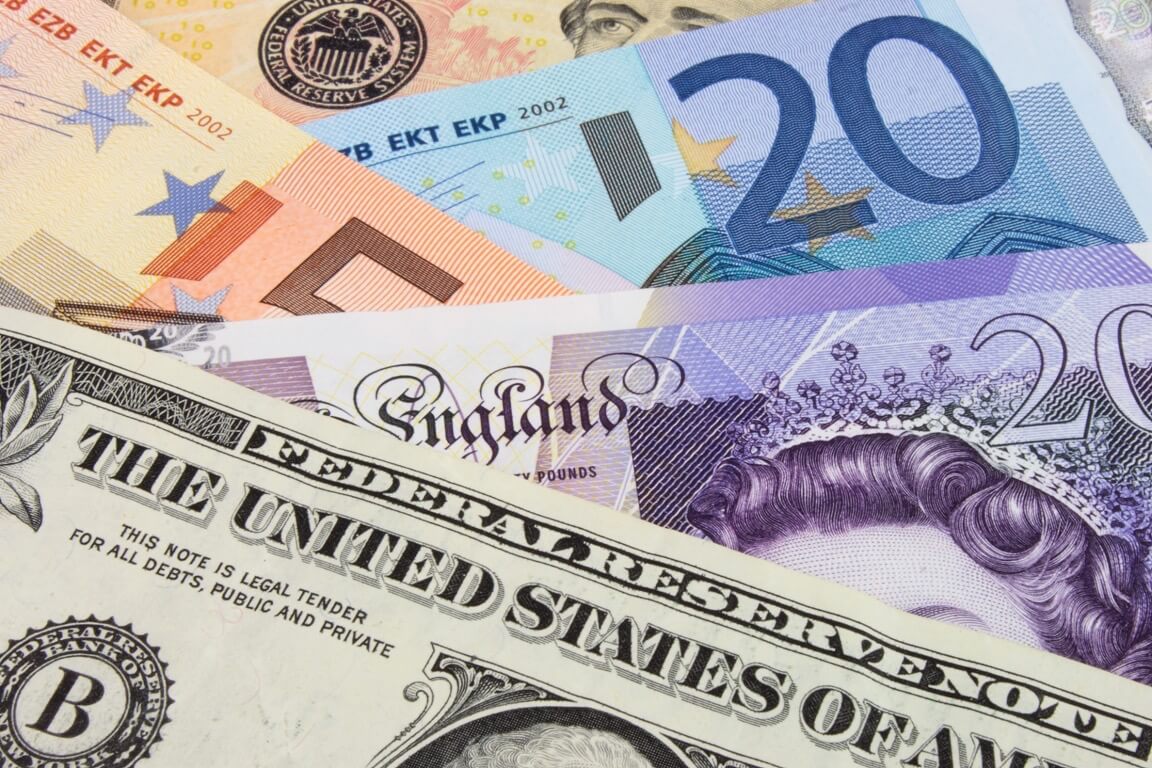
U.S. Dollar Remains Weak While the Sterling and Euro Rise
The U.S. dollar remained near two 1/2-year lows against major currencies on Tuesday. Demand for the safe-havens weakened due to progress toward agreeing on a U.S. fiscal stimulus, as well as optimism for a Brexit deal.
According to reports, the authorities plan to divide a $908 billion bipartisan coronavirus relief plan into two packages.
Westpac currency analyst Sean Callow stated that the big picture is that 2021 looks increasingly promising for global growth. The U.S. will certainly be a part of that, but the global reflation trade will also support the risk-sensitive currencies, such as the Australian dollar.
Meanwhile, European Union Brexit negotiator Michel Barnier noted that finishing a trade pact with Britain was still possible, giving investors hope that a deal can be reached with just days. This is to avert a turbulent exit for Britain from the EU at the end of the month.
The sterling climbed up by 0.1% against the dollar to $1.3332, after soaring by 0.8% on Monday. It hit a two 1/2-year high of $1.3540 earlier in December.
On the other hand, the greenback declined by 0.1% to $1.2150 per euro. Coronavirus vaccine roll-outs in the United States and Britain boosted risk sentiment. Despite that, optimism was tempered by surges in infection and death rates.
How did the dollar index and Asian currencies trade?
The dollar index changed insignificantly at 90.705 after tumbling as low as 90.419 on Monday, a level unseen since April 2018. However, the currency gained 0.1% to 104.125 yen, another traditional risk-off asset.
Commonwealth Bank of Australia currency analyst Joe Capurso noted that with the rollout of vaccines starting in the U.S. and the U.K., they expect shutdowns to reduce in frequency and intensity. That allows the greenback to resume its downtrend. He also added that an agreement on fiscal stimulus would undermine the dollar.
On Tuesday, the offshore Chinese yuan tumbled down by 0.2% to 6.5444 per dollar. The currency reached 6.4975 earlier this month for the first time since June 2018. Meanwhile, the onshore yuan exchanged hands at 6.5549.
A Chinese official announced on Tuesday that the country might make targeted policy adjustments as the economy improves.
The Australian dollar plummeted down by 0.2% to 75.130 U.S. cents after hitting its highest point since June 2018 at 75.780 on Monday. The New Zealand dollar also declined by 0.1% to 70.72 U.S. cents after jumping to 71.20 in the previous session for the first time since April 2018.
-
Support
-
Platform
-
Spread
-
Trading Instrument




